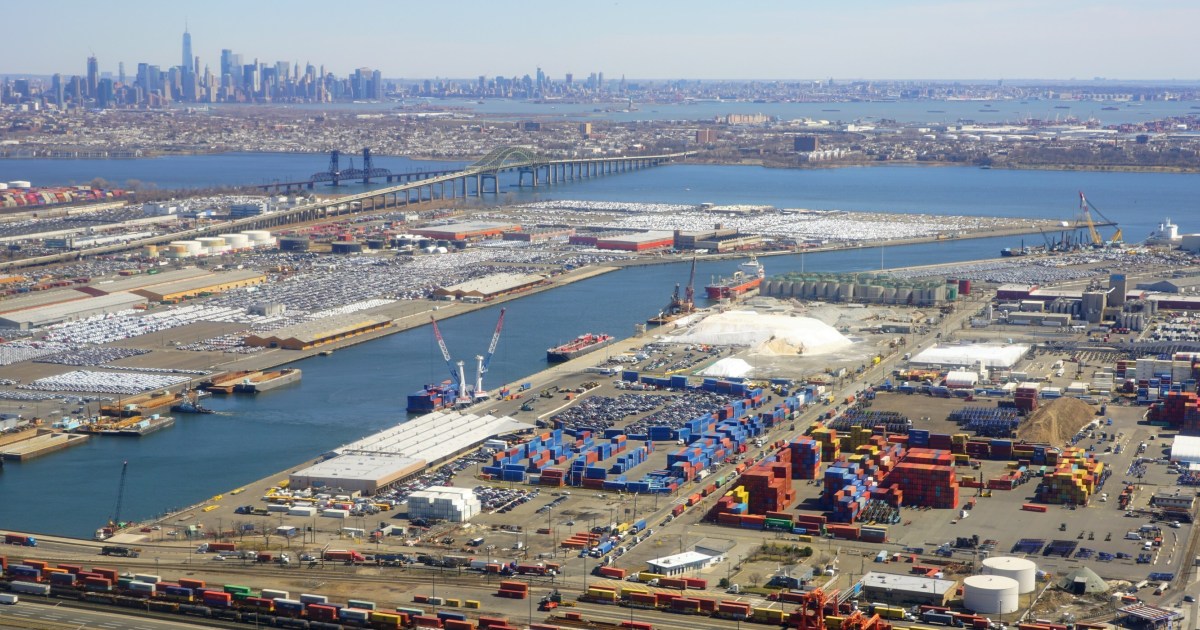
In recent conversations with my LoRa community, I was told that more developers were needed to expand the market. I am sure that having a discussion about which is more important – applications/deployments vs. developers – is a lot like fighting over which came first the chicken or the egg (I vote for the egg).
In my opinion, we need better communication with the array of applications. This is a familiar problem for IoT because it is a market of markets, where everyone has a favorite vertical that they aspire to dominate. From school systems to precision farming, they plant their flag and share their wins. However, they don’t realize how marginalized they are by not showing the robustness of technology overall.
Talking to Eric Schummer of Senzary and Marc Josepheson of Coris Monitoring, they tell a consistent story of being utilized in a variety of markets, from airports to pharmaceuticals, as well as construction and water management.
But, most of the time their biggest hurdle is the fact that people don’t know about LoRa and the quality of its technology.
People know about Bluetooth, cellular and Wi-Fi; after that I might as well speak Swahili to consumers. Not that I am advocating going after the consumer market, but I am advocating for a common message that emphasizes the following:
- LoRa is a viable technology that has range and pricing advantages over public and private cellular deployments.
- Energy consumption is far less than most alternatives.
- LoRa has proven to provide consistent coverage, overcoming many obstacles that impact coverage for alternatives.
Of course, there continue to be developments that improve LoRaWAN technology, including satellite connectivity. Developers are also needed to continue optimizing power efficiency and contend with security risks.
However, a common repository about the applications and “how to” integrate to the major cloud providers would be helpful to the developers who don’t really need to know about how the data is transported, but how to integrate into their enterprise solutions.
Here to we can expand to a common message that “raises the tide for all boats.” This message should include:
- The ROI and scalability of LoRaWAN should be highlighted in white papers.
- A consistent and searchable use initiative that goes beyond the membership and offers a straightforward way to find applications. The LoRa Alliance can still add value to membership with seals of approval and social marketing.
- A repository for enterprises that may need help integrating into existing IT/OT infrastructure.
Now, I don’t want to say that the community should chase consumer applications, but I want to suggest that the underlying use of LoRa in Amazon’s sidewalk solution is a win that can help make the LoRaWAN known. In addition, public network deployments and Smart City applications in particular would prove beneficial to highlight even beyond their local footprints.
The reality is that LoRaWAN technology is mature, but mass adoption requires more external communication. Right now, the industry would benefit most from applications that prove LoRaWAN’s value in real-world deployments.
I want to again offer to interview and post stories about applications.
Edited by
Erik Linask





